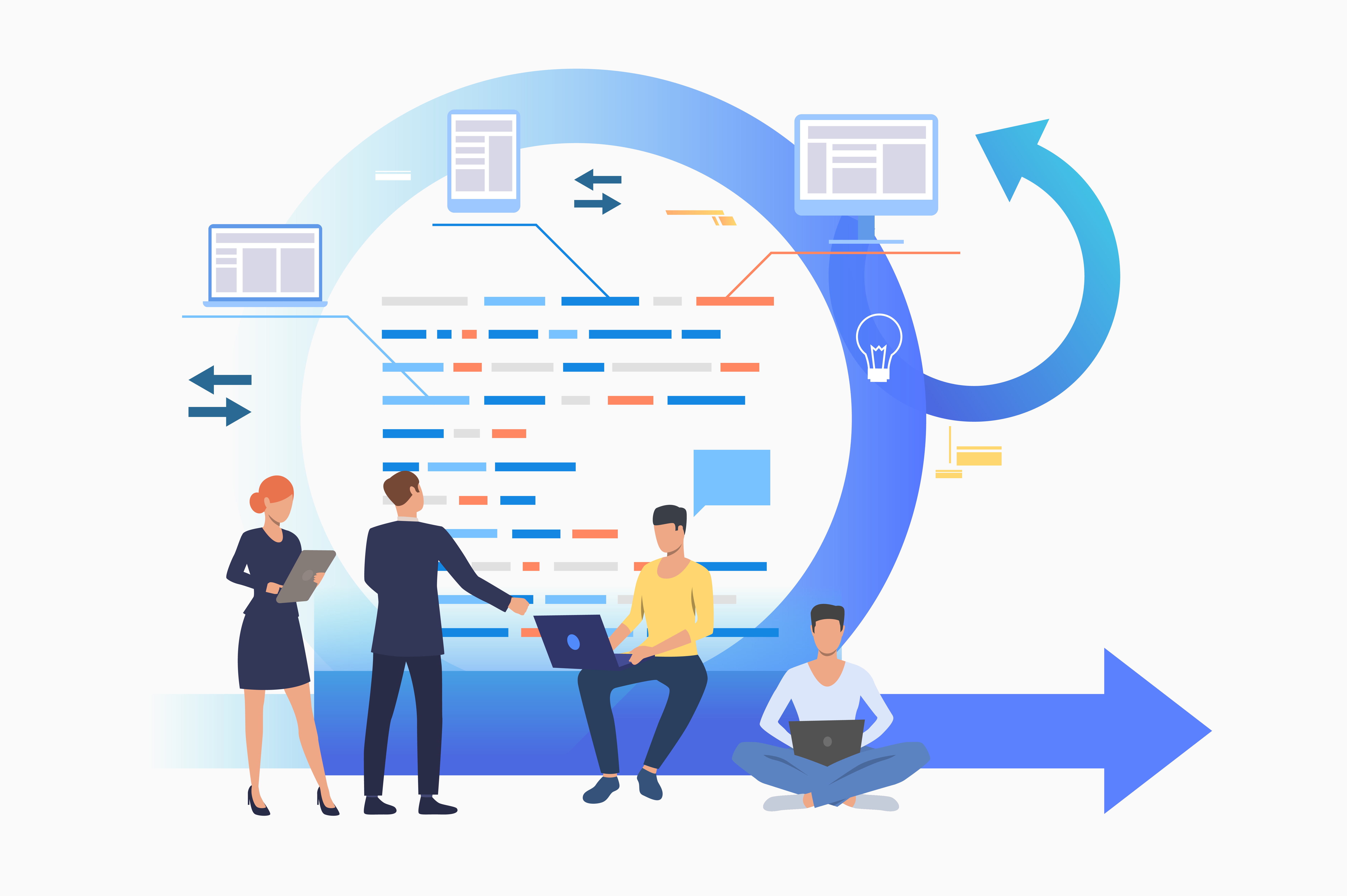As organizations increasingly adopt microlearning platforms, HR leaders face the challenge of integrating these tools into existing training systems and workflows.
A well-designed microlearning ecosystem ensures seamless adoption, maximized ROI, and meaningful employee engagement. This blog provides a strategic framework to help HR professionals integrate microlearning training into their organizations effectively.
Why Build a Microlearning Ecosystem?
A microlearning ecosystem extends beyond the platform itself. It includes content, delivery mechanisms, learner engagement strategies, and analytics tools working in harmony. When well-integrated, this ecosystem:
- Enhances employee engagement by delivering relevant, bite-sized content.
- Reduces training costs and time.
- Ensures alignment with organizational goals and learner needs.
Key Components of a Microlearning Ecosystem
To build an effective ecosystem, HR leaders need to consider the following components:
1. Microlearning Platform
The platform serves as the backbone of the ecosystem, providing the infrastructure to create, deliver, and manage content.
What to Look For in a Microlearning Platform:
- Mobile compatibility for on-the-go learning.
- Gamification features to boost engagement.
- Integration capabilities with existing Learning Management Systems (LMS) and tools.
Read here in detail on how to create personalised LMS paths with advanced LMS features - Advanced analytics to track learner progress and outcomes.
2. Content Strategy
The success of microlearning depends on the quality and relevance of the content.
Best Practices for Content Development:
- Break down complex topics into 3-5 minute lessons.
- Use engaging formats such as videos, infographics, and quizzes.
- Align content with specific learning objectives and business goals.
Example:
For compliance training, a microlearning module could include a 2-minute video explaining key policies followed by a quiz to test retention.
3. Seamless Integration with Existing Systems
Integrating the microlearning platform with existing LMS or HR software ensures a cohesive learning experience.
Integration Strategies:
- Sync microlearning modules with LMS training paths for a unified learner journey.
- Use Single Sign-On (SSO) for seamless user access across platforms.
- Integrate with productivity tools like Slack or Microsoft Teams to deliver training within existing workflows.
Example:
A team leader assigns a microlearning module on effective communication via Microsoft Teams, allowing employees to complete the lesson during a scheduled break.
4. Workflow Alignment
Microlearning should fit naturally into employees’ daily routines without disrupting productivity.
Tips for Workflow Integration:
- Schedule training during low-activity periods, such as post-meetings or at the start of a workday.
- Use push notifications to remind employees of pending modules.
- Provide on-demand access so employees can learn at their own pace.
5. Analytics and Feedback
Continuous improvement is a cornerstone of a successful microlearning ecosystem. Leverage analytics to refine content and strategies.
Metrics to Monitor:
- Module completion rates.
- Knowledge retention scores.
- Real-world application of learned skills.
- Engagement levels, such as time spent and interactions.
Steps to Build Your Microlearning Ecosystem
1. Assess Organizational Needs
Identify specific challenges and opportunities where microlearning can have the greatest impact. Align these with your organization’s overall training objectives.
Example:
A sales team may benefit from quick, just-in-time modules focused on objection handling or negotiation tactics.
2. Select the Right Microlearning Platform
Choose a platform that integrates seamlessly with your existing training infrastructure and offers scalability for future needs.
Read more on how to choose the Right LMS
3. Develop Tailored Content
Work with subject matter experts to create microlearning modules that address key skill gaps and business priorities.
4. Pilot the Ecosystem
Test the system with a small group of employees to gather feedback, identify issues, and make improvements before full-scale deployment.
5. Promote and Engage
Drive adoption by communicating the benefits of the microlearning ecosystem to employees. Use gamification and incentives to sustain engagement.
The Benefits of a Microlearning Ecosystem
- Efficiency: Short lessons save time without compromising learning outcomes.
- Engagement: Interactive content and gamification keep learners motivated.
- Scalability: Easily add new modules as organizational needs evolve.
- Data-Driven Insights: Analytics help optimize training and demonstrate ROI to stakeholders.
Future-Proof Your Training Strategy
Building a microlearning ecosystem is an investment in your organization’s future. By integrating a robust microlearning platform with existing training systems, HR leaders can create a seamless, effective, and engaging learning experience that drives results.
5Mins.ai helps thousands of teams speed up their training and upskilling with our AI powered TikTok style platform. You can check out our full library of 20K + bite-sized lessons by filling in the form below !
Full Catalogue
.png)



